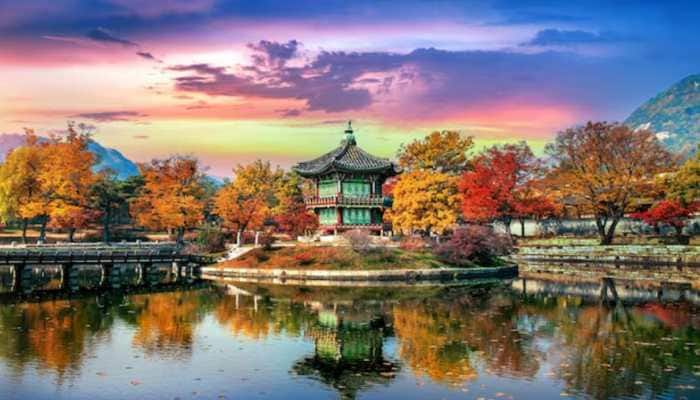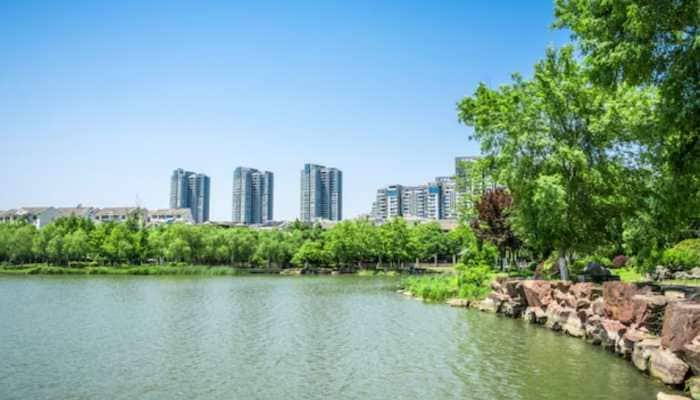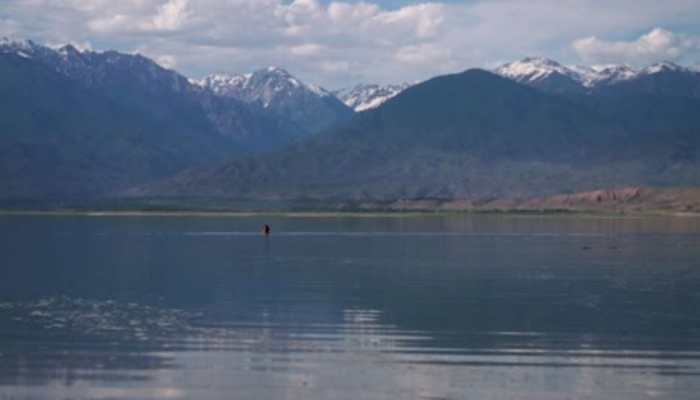Sydney gasps for air as Australia bushfire smoke reaches record levels
The bushfires have pushed the harbour city into a rare appearance this week in the top ten cities with the worst air pollution in the world. Having reached as high as No. 8, Sydney was sitting at No. 10 on the Air Visual global rankings on Friday morning, above Jakarta and Shenzhen, and just below Mumbai and Kolkata.
Trending Photos
)
MELBOURNE: The Australian state of New South Wales is gasping under the worst levels of air pollution recorded as smoke from widespread bushfires causes a spike in hospital visits and hazards including poor visibility for drivers. Sydney, the country`s most populous city, woke up to a thick haze, and blood-red sun, for the fourth consecutive day on Friday, even as a cooler change brought some relief for firefighters battling scores of wildfires across the country`s southeast.
The bushfires have pushed the harbour city into a rare appearance this week in the top ten cities with the worst air pollution in the world. Having reached as high as No. 8, Sydney was sitting at No. 10 on the Air Visual global rankings on Friday morning, above Jakarta and Shenzhen, and just below Mumbai and Kolkata. The crisis has put pressure on Prime Minister Scott Morrison, with critics saying he had not done enough to address the impact of climate change on Australia.
"The impacts of the ongoing drought and recent bushfires have led to some of the highest levels of air pollutants recorded in New South Wales since air quality monitoring began during the millennium drought," a spokeswoman for the state`s Department of Planning, Industry and Environment said in an email. Workers heading into the city and children going to school donned masks to deal with the hazardous air quality while 55 bush and grass fires still burned across the state after two weeks.
The smoke haze brought with it particulate pollution, which can be absorbed into the bloodstream, a danger that the NSW Health Ministry said had resulted in rising numbers of people showing up at hospital emergency departments. In some areas of NSW and South Australia state, officials were advising motorists to take care while driving because of reduced visibility.
CLIMATE POLITICS
Bushfires are not unusual in Australia but the fire season has begun much earlier than usual, with temperatures soaring above 40 degrees C (104°F) well ahead of the start of the southern summer and high winds hitting a landscape that has been parched by three years of drought. Bushfires have already left at least four people dead and destroyed more than 400 homes across two states since the start of November.
Fires are still burning in New South Wales, Victoria, South Australia and Queensland states. "We have a long way to go," Victoria Emergency Management Commissioner Andrew Crisp said on Australian Broadcasting Corp television. Morrison on Friday again rejected any links between the fires and his conservative government`s policies, including support for the coal industry. "The suggestion that Australia, by having some trade-off where we could have higher emissions reduction targets, which would destroy jobs in regional communities, if we did that, then we wouldn`t be having these fires. That is just not true," Morrison told 3AW radio.
Morrison`s conservative government has committed to the Paris Agreement to reduce its emissions by 26-28% from 2005 levels by 2030. Critics point out that current projections suggest it will not meet that target and have called on the government to put in place policies to address the shortfall.
Stay informed on all the latest news, real-time breaking news updates, and follow all the important headlines in india news and world News on Zee News.
Live Tv







)
)
)
)
)
)
)
)
)
)
